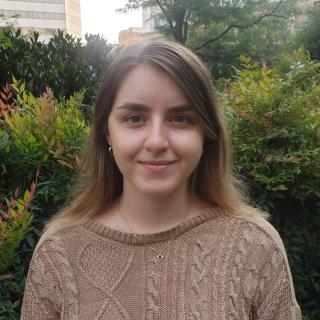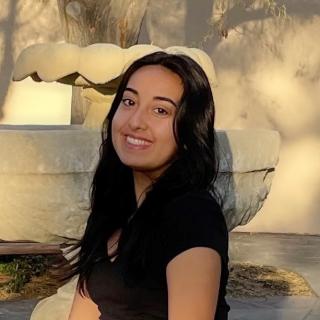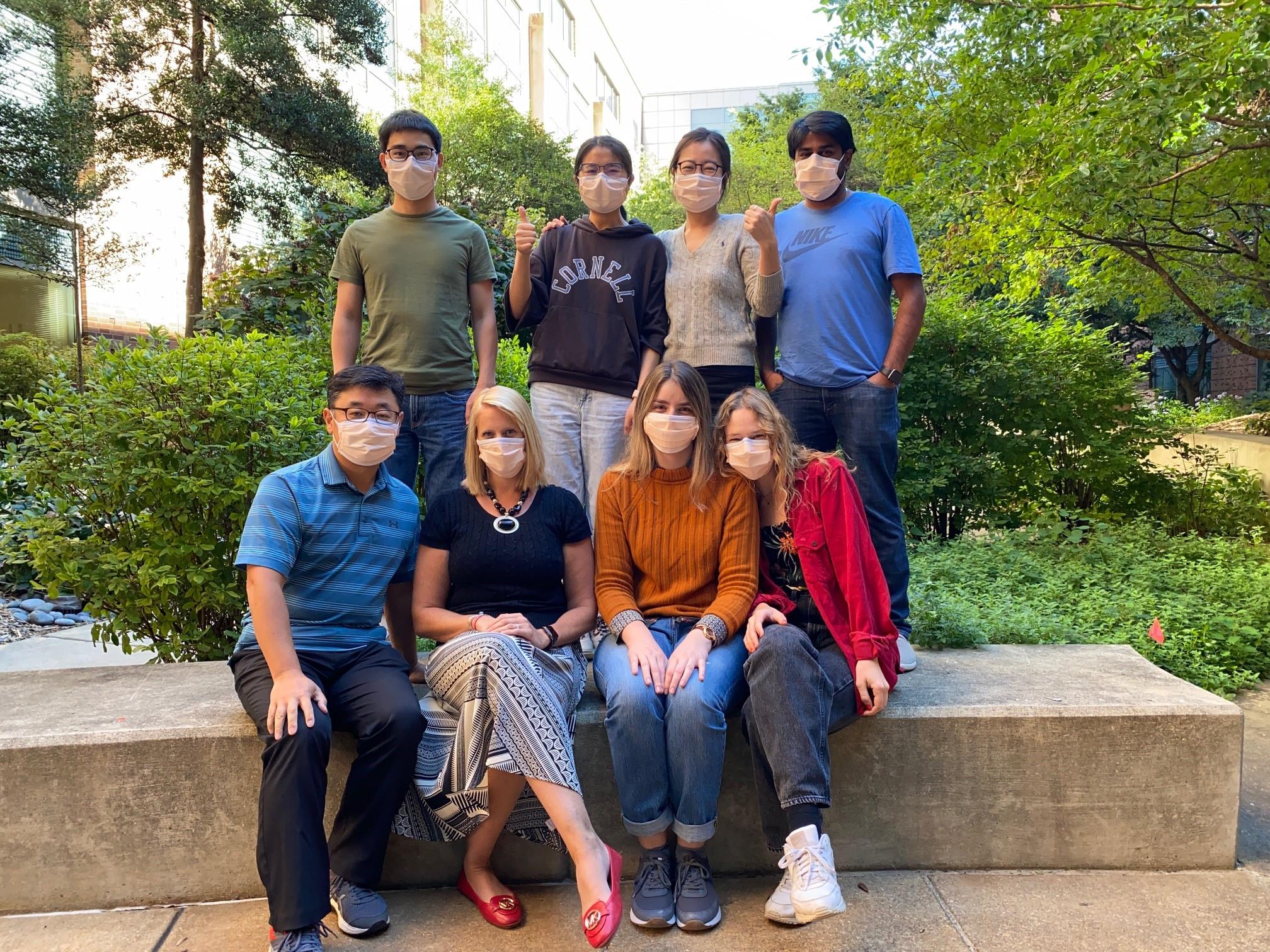
Jung-Hyun Park, Ph.D.
- Center for Cancer Research
- National Cancer Institute
- Building 10, Room 5B17
- Bethesda, MD 20892-1360
- 240-858-3353
- parkhy@mail.nih.gov
RESEARCH SUMMARY
Dr. Park has a long standing interest in cytokines and their roles in T cell development and differentiation. He reported a role for intra-thymic cytokines in T cell lineage choice and maturation, and he also identified a new mechanism of peripheral T cell homeostasis that is mediated by cytokine-induced tuning of coreceptor expression. Recently, he reported identification of a soluble form of the common gamma-chain (γc) cytokine receptor that is responsible for the severity of inflammatory autoimmune disease. His current research is primarily focused on the effect of γc cytokine receptor expression and regulation on T cell activation and differentiation.
Areas of Expertise

Jung-Hyun Park, Ph.D.
Research
A. The role of cytokines in immune cell homeostasis under resting and immune activating conditions. Different cell populations occupy different niches for homeostasis. Hence, naive and memory T cells don't compete with each other for limiting resources such as pro-survival cytokines. Whether such niches are privileged sites even to immune activated cells is not clear. In fact, how naive and memory T cell homeostasis works under disease conditions, where large numbers of cells are activated and proliferating, remains to be unraveled. In a previous study (Immunity (2004) 21:289-302), we showed that inflammatory cytokines such as IL-2, IL-4 and IL-6 suppress the transcription and expression of IL-7 receptors. Furthermore, we predicted that such a mechanism would downregulate IL-7 receptor expression on activated T cells thus effectively removing them from the naive T cell pool and out of competition for IL-7-mediated survival signals. However, whether and how such T cell homeostasis is achieved is largely not known. In this regard, we are interested in investigating the underlying mechanism of homeostasis under immune activation circumstances, and we are approaching this issue by analyzing the survival and functional/phenotypic changes of both nave and memory T cells in tumor bearing animals and in different inflammatory models. Analyzing animals transgenic for specific survival cytokine receptors is another important part of our studies that will provide further clues on the role of cytokines in regulating homeostasis. We anticipate that using such animals in combination with cancer or inflammatory models will open new doors for understanding T cell homeostasis in diseases.
B. Regulatory mechanism of cytokine receptor expression and signaling during immune cell homeostasis and activation. Cytokine receptor expression is dynamically regulated during development and activation of the immune system. IL-7 downregulates transcription and expression of its own receptor, while other gamma c-chain cytokines such as IL-2 and IL-4 upregulate expression of their own receptors. We are investigating the biological implications of such distinct cytokine receptor regulation, in particular, with a focus on T cell homeostasis.
Additionally, we are interested in the molecular mechanisms and intracellular signaling pathways that govern cytokine receptor expression. Most recently, we identified a novel nuclear factor involved in IL-7R transcription, and we confirmed its regulatory role in vivo. Investigations on the mechanism how such factors are regulated and how they affect T cell function is another major research topic of our lab.
Publications
- Bibliography Link
- View Dr. Park's PubMed Summary.
Quantitative Difference in PLZF Protein Expression Determines iNKT Lineage Fate and Controls Innate CD8 T Cell Generation
RORγt limits the amount of the cytokine receptor γc through the prosurvival factor Bcl-x(L) in developing thymocytes
Activated T cells secrete an alternatively spliced form of common γ-chain that inhibits cytokine signaling and exacerbates inflammation
Biography
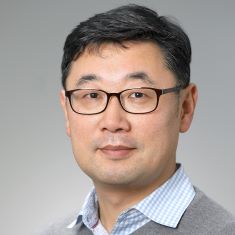
Jung-Hyun Park, Ph.D.
Dr. Park received his Ph.D. from the Julius-Maximilians University in Wurzburg, Germany. After obtaining postdoctoral training at the Korea Research Institute of Bioscience and Biotechnology in South Korea, he joined the NCI-CCR's Experimental Immunology Branch as a research fellow where he studied the role of IL-7 signaling in T cell development and homeostasis. Dr. Park began his own lab in 2008 where he is investigating the mechanisms of cytokine receptor regulation and signaling in immune cells. He received tenure at NIH in 2015.
Job Vacancies
We have no open positions in our group at this time, please check back later.
To see all available positions at CCR, take a look at our Careers page. You can also subscribe to receive CCR's latest job and training opportunities in your inbox.
Team
News
Learn more about CCR research advances, new discoveries and more
on our news section.
Covers
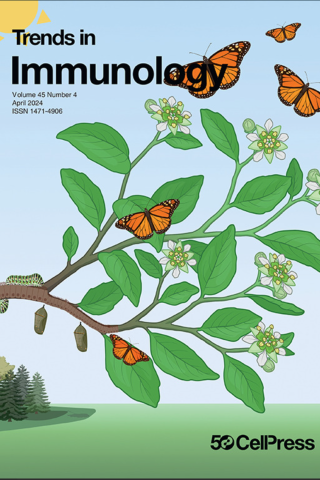
Pathways and mechanisms of CD4+CD8αα+ intraepithelial T cell development
The mammalian small intestine epithelium harbors a peculiar population of CD4+CD8αα+ T cells that are derived from mature CD4+ T cells through reprogramming of lineage-specific transcription factors. CD4+CD8αα+ T cells occupy a unique niche in T cell biology because they exhibit mixed phenotypes and functional characteristics of both CD4+ helper and CD8+ cytotoxic T cells. The molecular pathways driving their generation are not fully mapped. However, recent studies demonstrate the unique role of the commensal gut microbiota as well as distinct cytokine and chemokine requirements in the differentiation and survival of these cells. We review the established and newly identified factors involved in the generation of CD4+CD8αα+ intraepithelial lymphocytes (IELs) and place them in the context of the molecular machinery that drives their phenotypic and functional differentiation.
Pathways and mechanisms of CD4(+)CD8alphaalpha(+) intraepithelial T cell development. Li C, Lanasa D, Park JH.Trends Immunol. 2024 Apr;45(4):288-302. doi: 10.1016/j.it.2024.02.006. Epub 2024 Mar 20.

RORγt limits the amount of the cytokine receptor γc through the prosurvival factor Bcl-x(L) in developing thymocytes
About the Cover: The cover image shows an electron micrograph of a double-positive thymocyte from an RORγt-deficient, Bcl-x(L) transgenic mouse
The cytokine receptor subunit γc provides critical signals for T cell survival and differentiation. We investigated the molecular mechanism that controls the cell surface abundance of γc during T cell development in the thymus. We found that the amount of γc was low on CD4+CD8+ double-positive (DP) thymocytes before their positive selection to become mature T cells. The transcription factor RORγt was abundant in immature DP thymocytes, and its loss resulted in an increase in the abundance of surface γc, specifically on preselection DP cells. Rather than directly repressing expression of the gene encoding γc, RORγt acted through the antiapoptotic protein Bcl-xL to reduce the abundance of surface γc, which resulted in decreased cytokine signaling and was associated with inhibition of cell metabolism and mitochondrial biogenesis. Accordingly, overexpression of Bcl-xL in RORγt-deficient thymocytes restored the amount of surface γc to that present on normal preselection DP cells. Together, these data highlight a previously unappreciated role for RORγt and Bcl-xL in limiting γc abundance at the cell surface and reveal a signaling circuit in which survival factors control cytokine signaling by limiting the abundance and surface distribution of a receptor subunit shared by several cytokines.
RORγt limits the amount of the cytokine receptor γc through the prosurvival factor Bcl-x(L) in developing thymocytes. Ligons DL, Hwang S, Waickman AT, Park JY, Luckey MA, Park JH. Sci Signal. 2018 Aug 28;11(545), pii: eaam8939. doi: 10.1126/scisignal.aam8939.
Lab Life
The Park lab at Susan's retirement picnic (May 2022) - missing in the picture is Matt
Park lab under COVID-19 restrictions, October 2021



